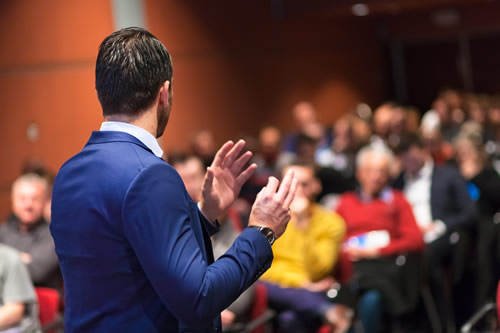Innovating Commodities - how one manufacturer used creativity to transform its sales
The story of how one SME collaborated with contemporary artists and designers to transform its staid, industrial product into a fast-growing commercial item.
Originally developed by Bayer Material Science for medical use, Technogel is a polyurethane gel that is widely used in everyday objects but little known to consumers. It can be found in products such as keyboard and mouse pad cushions, within office chair armrests and seat pads, in high-end bike seats, gel insoles and many others objects that require special ergonomics and comfort. Technogel, a German-Italian SME, is the eponymous manufacturer of this product.
When it launched in 1990 Technogel mainly operated in a business-to-business market for commodities, where small suppliers often suffer from limited market visibility, and their brand tends to remain unknown to the final users. Industrial customers often take advantage of this situation by imposing low margins. This pushes suppliers to improve their efficiency rather than their innovation and branding. Massimo Losio, founder and CEO of Technogel, wanted to change this model and explore ways of making his company innovative, globally renowned, and perceived as unique.
Drawing on his personal passion for contemporary art and design, Mr Losio invited emerging contemporary artists and designers to experiment with Technogel. They were encouraged to create anything their imagination could conjure up. They were also allowed to request any variation from the original gel's formula to aid their creative intent. For example, for the art installation "Soft Fence" the German artist Michael Beutler asked Technogel to produce a special gel that could coat a military barbwire fence, rendering it harmless and soft to touch at the same time. This and other types of experimental efforts created the opportunity for Technogel not only to radically innovate the properties of its material, but also to be displayed in important venues such as the MoMa Museum of Modern Art (New York), the Victoria and Albert Museum (London), the Triennale (Milan), the and the International Motorshow of Geneva and Tokyo, among others.
The enhanced Technogel's visibility and innovation dramatically increased the company's global customer base, and brought about collaborations with important designers and artists, such as Philippe Stark, Rem Koolhaas, Gaetano Pesce and many others. The results gave Technogel the confidence to develop its own brand and enter the consumer market. Five years since its commercialisation, the Technogel consumer business accounts for more than 40% of the total turnover of the company. Crucially, Technogel managed to be perceived as a premium product rather than a commodity, which increased its average marginality and the company's bargaining power with its industrial customers.
Companies who develop creative processes solely within the organisation tend to limit their innovation potential. Involving external, creative partners is a viable solution to increase the organisation's innovativeness. This is especially the case in small companies.
Secondly, the more distant the interests of partners are from the company's core activities, the more revolutionary their contribution might be. As seen in our example, artists and designers can be a source of novelty even for firms in traditional and more staid industrial sectors.
Finally, having an innovative product per se is not sufficient to be successful. Effective long-term strategies might require a redefinition of the firm's business model-and thus the organisational structure-to increase markets and revenue. To achieve this goal, companies need to be perceived as unique by their stakeholders, in order to enjoy stronger bargaining power, better contractual conditions, and to be viewed as having premium value by both the industrial and final customers.
A version of this article first appeared in the Financial Times.




